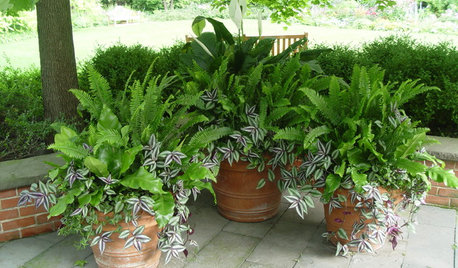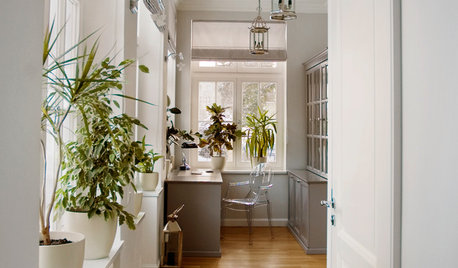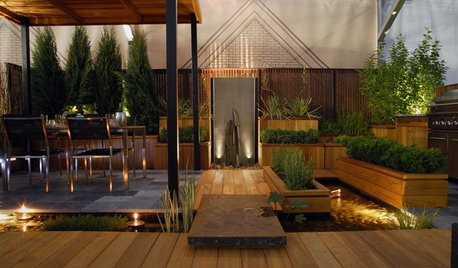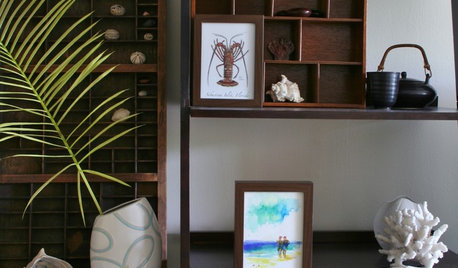Spathiphyllum
gerbera
13 years ago
Related Stories

MOST POPULARThe Perfect Houseplant for People Who Kill Houseplants
If you can fill a jar with water, you can keep golden pothos vine happy — and it will pay you back with cleaner air and a greener home
Full Story
GARDENING GUIDES7 Fabulous Shade-Loving Ferns for Containers
Shade-loving ferns can add color and texture to your container designs
Full Story
CONTAINER GARDENSHappy Houseplants, Happy People
Potted plants add life and beauty to a room. Learn easy ways to keep them healthy
Full Story
HOUSEPLANTSHow to Create an Indoor Landscape
Apply principles and elements of design to help your indoor garden flourish
Full Story
LANDSCAPE DESIGN10 Designs Bring Theatrical Drama to the Garden
See plants, statues and lighting that can bring the drama of the stage to your outdoor space
Full Story
DECORATING GUIDES10 Ways to Give Your Hospitality a Tropical Touch
Treat guests to the resort treatment with blossoms, fruit and artwork that stir up an air of the exotic
Full Story





birdsnblooms
gerberaOriginal Author
Related Discussions
How dangerous are Anthurium and Spathiphyllum
Q
Spathiphyllum (Peace Lily) flower stems losing their green color
Q
should i transfer my Spathiphyllum #Peace Lily
Q
How tall can my spathiphyllum become?
Q
birdsnblooms
gerberaOriginal Author
greenman28 NorCal 7b/8a
greenman28 NorCal 7b/8a
countcoco
greenman28 NorCal 7b/8a
tapla (mid-Michigan, USDA z5b-6a)
gerberaOriginal Author
gerberaOriginal Author
tapla (mid-Michigan, USDA z5b-6a)
gerberaOriginal Author
tapla (mid-Michigan, USDA z5b-6a)
birdsnblooms
jodik_gw
countcoco
birdsnblooms
jodik_gw
countcoco
birdsnblooms
greenman28 NorCal 7b/8a
jodik_gw
birdsnblooms